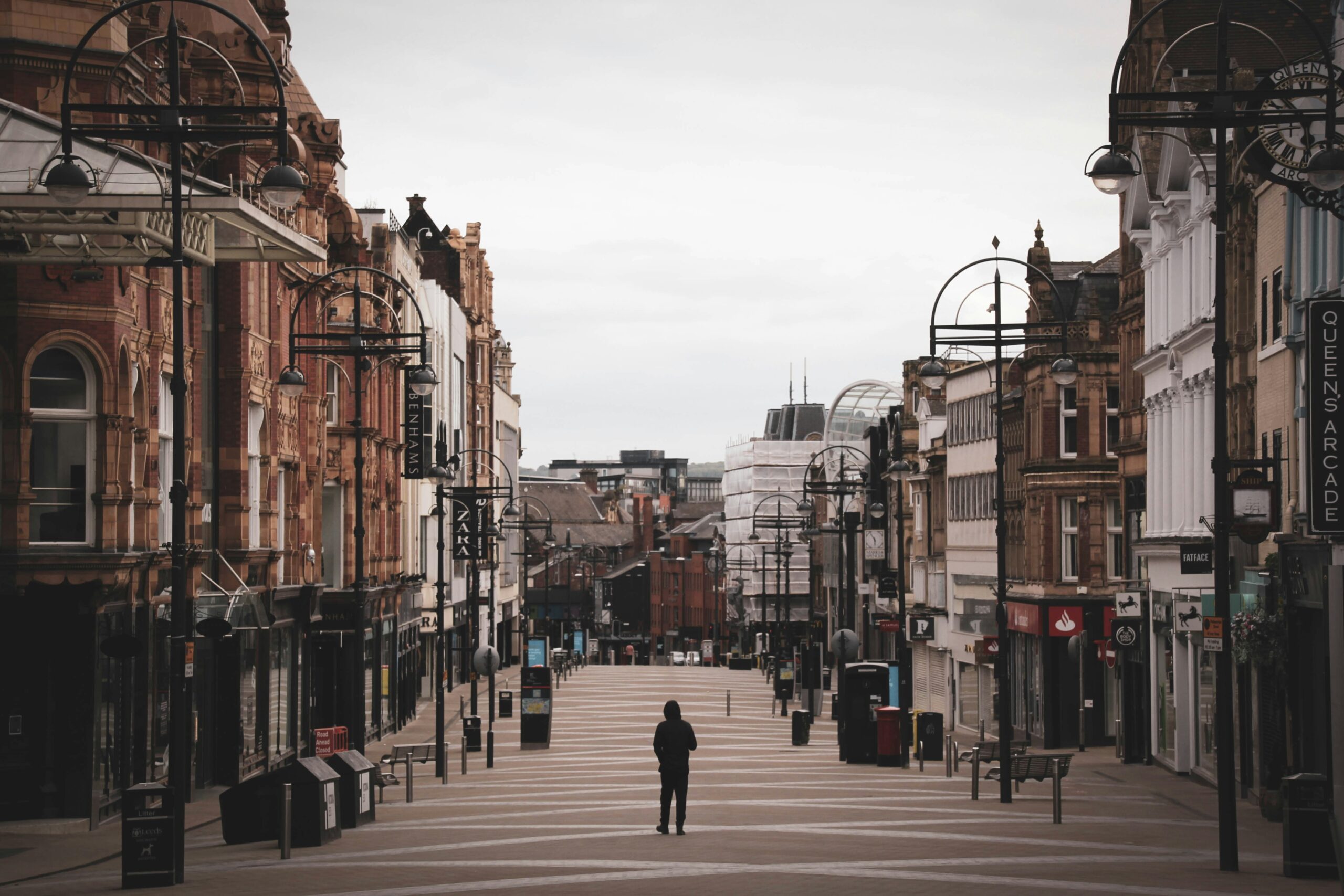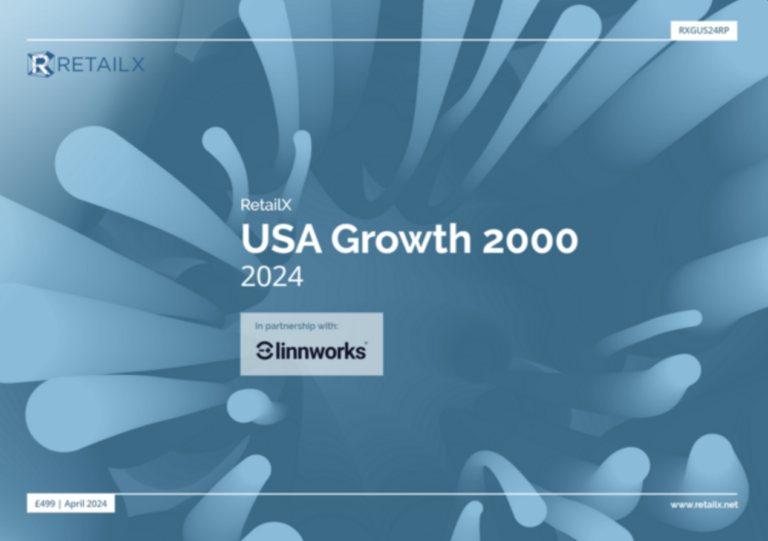Hammerson today set out how it sees the role of bricks and mortar stores changing at a time when shoppers are buying more online – and how that change has affected its business over the last year, and what it plans to do about it.
Already 18% of UK retail sales now take place online, said Hammerson – a trend that is expected to continue, while varying across categories, and to emerge in the Irish and France markets in which it also operates, although from a lower base. “As a direct consequence, we have seen increasing store closures over the same timeframe and retailers are working to update their business models to meet this challenge,” said Hammerson in its full-year figures.
Chief executive David Atkins said: “2018 was a tough year, particularly in the UK. Tenant failures, the structural shift in retail and a more considered consumer created a difficult operating environment putting pressure on property values. Outside of the UK our destinations performed better with a strong contribution from premium outlets.”
Hammerson today reported that in the year to December 31, 2018 its net rental income of £347.5m was 6.2% down on the same time in the previous year while, at the bottom line, the business recorded a loss of £268.1m, down from a profit of £388.4m last time. The value of its portfolio fell by 5.9% to £9.9bn. Occupancy, meanwhile, declined slightly to 97.2% as of December 31, from 98.3% a year earlier. Hammerson operates centres including The Oracle in Reading, the Bullring in Birmingham and (pictured) Cabot Circus in Bristol.
Fifty-five of its stores were affected by CVAs (company voluntary agreements) or retailer administrations during 2018, although it said that most tenants using a CVA chose to keep stores in its centres open “as they are among their more successful stores.” At the year end, 49 units were let to tenants going through a CVA or in administration; tenant failure, said Hammerson, had hit its rental income by an estimated £3m in 2018, with a further £1.6m impact expected 2019.
InternetRetailing has reported over the last year on retailers that have used CVAs over the last year include Mothercare, New Look and Carperright.
The Hammerson figures today showed that footfall in its centres was down by 1.8%, over the year, although Hammerson cited McKinsey & Co analysis to suggest that in-store sales were now less relevant because they did not capture the brand-building effect of stores, and additional benefits such as online sales and returns.
Hammerson this year plans to reduce debt to a target of £3bn by selling assets worth at least £500m – and possibly more than £900m – in 2019, in order to position itself better “for the current environment and beyond”. At the end of 2018, its debt stood at £3.4bn down from £3.5bn a year earlier. In 2018 it sold sites worth £570m – at an average of 7% below the properties’ book value of December 2017. The company said it was committed to moving out of retail parks in the medium-term and was in active discussions on transactions worth more than £900m, which would strengthen its balance sheet.
The role of the store in the brand experience
Despite the travails of the retail market, stores are important in raising brand awareness, says Hammerson. “With the growth in online shopping and the increasing scale of the largest players in the market, it is more important than ever for brands to stand out from the crowded and expensive first page of Google’s shop window,” it said in today’s figures. “The very best stores in prime locations are proving more and more important for consumers brands seeking to stand out and deliver a true omnichannel offer.”
Hammerson pointed to the importance of experience for consumers visiting a shopping centre. “It might be a large-scale event that everyone is talking about or a beautifully instgrammable meal with friends and family. The most popular reasons for consumers to visit a flagship destination is for a big day out. It needs to be genuinely new and exciting: when people are offered the chance to experience something fantastic, they will leap at the opportunity.”
Hammerson also sees sales of luxury goods growing, especially in off-price channels, and it points to the growing concentration of people in cities. By 2030, it says, some 78% of the European population will live in cities, and it now focusing on creating iconic destinations with specialist retail, experiences and that put the customer first.
Responding to change
One way the developer will respond is by creating mixed-use neighbourhoods in the UK and Ireland, developing homes, hotel rooms and workspace around its flagship shopping centres at a time when the shape of retail is changing.
The change in approach from the property developer and operator would put retail into a wider context, building up to 6,600 homes, 1,200 hotel rooms and providing workspace of 200,000m2 around its existing sites as part of a new CityQuarters approach.
Atkins said: “Over the longer term we will generate opportunities to create additional value through City Quarters, which will see us transform many of our city venues beyond pure retail into successful, thriving neighbourhoods. The job of creating flagship spaces is never done, but through expert management, innovation and investment we are confident in the future of Hammerson and in maximising value creation for shareholders.”
Image courtesy of Hammerson









